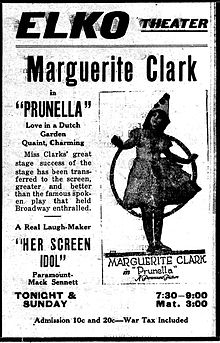Plot
As described in a film magazine, [3] Prunella (Clark), who lives in a garden with her three aunts Prim (Berwin), Prude (Harris) and Privacy (Cecil), is carefully guarded from the outside world until the day a troupe of travelling players comes to town. Pierrot (Raucourt), the leader, creeps into the garden and captivates Prunella's heart. She runs off with him and becomes his Pierrette. For two years they wander from country to country. Pierrot tires of his marriage vows and runs away. He finds what a miserable thing life is without her, and he returns to the Dutch gardens and finds her, is forgiven, and they live on, presumably in blissful happiness.
The following is an overview of 1923 in film, including significant events, a list of films released and notable births and deaths.
The year 1920 in film involved some significant events.
The year 1919 in film involved some significant events.
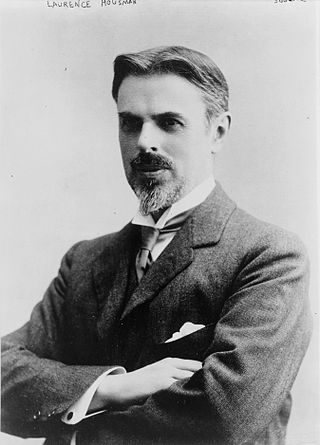
Laurence Housman was an English playwright, writer and illustrator whose career stretched from the 1890s to the 1950s. He studied art in London. He was a younger brother of the poet A. E. Housman and his sister was writer/illustrator Clemence Housman.

The Blue Bird is a 1908 play by Belgian playwright and poet Maurice Maeterlinck. It premiered on 30 September 1908 at Konstantin Stanislavski's Moscow Art Theatre, and was presented on Broadway in 1910. The play has been adapted for several films and a TV series. The French composer Albert Wolff wrote an opera based on Maeterlinck's original play, and Maeterlinck's inamorata Georgette Leblanc produced a novelization.
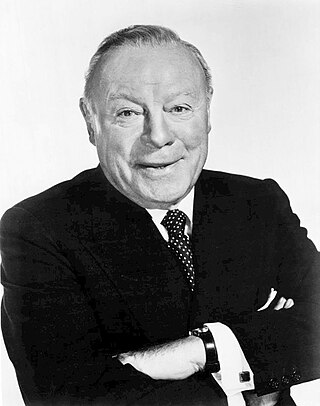
Edmund Gwenn was an English actor. On film, he is best remembered for his role as Kris Kringle in the Christmas film Miracle on 34th Street (1947), for which he won the Academy Award for Best Supporting Actor and the corresponding Golden Globe Award. He received a second Golden Globe and another Academy Award nomination for the comedy film Mister 880 (1950). He is also remembered for his appearances in four films directed by Alfred Hitchcock.
The Romanes Lecture is a prestigious free public lecture given annually at the Sheldonian Theatre, Oxford, England.

The Royal Court Theatre, at different times known as the Court Theatre, the New Chelsea Theatre, and the Belgravia Theatre, is a non-commercial West End theatre in Sloane Square, in the Royal Borough of Kensington and Chelsea, London, England. In 1956 it was acquired by and remains the home of the English Stage Company, which is known for its contributions to contemporary theatre and won the Europe Prize Theatrical Realities in 1999.
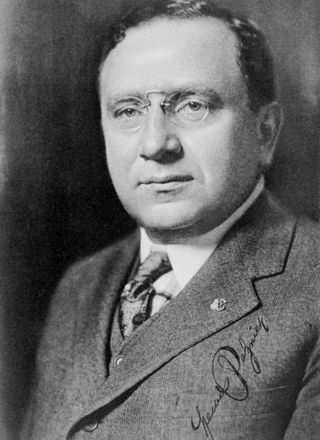
Lewis J. Selznick was an American producer in the early years of the film industry. After initial involvement with World Film at Fort Lee, New Jersey, he established Selznick Pictures in California.

Sarah Blanche Sweet was an American silent film actress who began her career in the early days of the motion picture film industry.

Helen Marguerite Clark was an American stage and silent film actress. As a movie actress, at one time, Clark was second only to Mary Pickford in popularity. Other than some fragments, none of Clark's films are known to have survived.

Anita Stewart was an American actress and film producer of the early silent film era.

Gareth Hughes was a Welsh stage and silent screen actor. Usually cast as a callow, sensitive hero in Hollywood silent films, Hughes got his start on stage during childhood and continued to play youthful leads on Broadway.
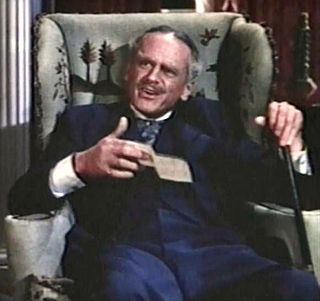
Miles Mander, was an English character actor of the early Hollywood cinema, also a film director and producer, and a playwright and novelist. He was sometimes credited as Luther Miles.
Benjamin James Dale was an English composer and academic who had a long association with the Royal Academy of Music. Dale showed compositional talent from an early age and went on to write a small but notable corpus of works. His best-known composition is probably the large-scale Piano Sonata in D minor he started while still a student at the Royal Academy of Music, which communicates in a potent late romantic style. Christopher Foreman has proposed a comprehensive reassessment of Benjamin Dale's music. Dale married one of his students, the pianist and composer Kathleen Richards in 1921.

Dorothy Minto was a prominent actress on the London stage between 1905 and the mid-1930s, notably appearing in the first runs of several plays written by George Bernard Shaw. She also featured in a small number of films between 1916 and 1936. While her early stage career concentrated on classical plays and serious new work, from 1912 onwards she devoted herself more to musicals and comedies.

John F. Hines was an American actor who had numerous film roles during the silent era, including many starring ones. He appeared in more than 50 films and numerous film shorts. But he did not succeed in transitioning well into talking pictures in the late 1920s, and had only six roles in the 1930s. He last appeared in a bit part in Magnificent Doll (1946).
Ben Carré (1883–1978) was a French art director and painter who settled in the United States. He designed sets for dozens of Hollywood films including The Blue Bird, The Phantom of the Opera, Don Juan, The Jazz Singer, and A Night at the Opera. He was a founding member of the Academy of Motion Picture Arts and Sciences.
Cultural references to Pierrot have been made since the inception of the character in the 17th century. His character in contemporary popular culture — in poetry, fiction, and the visual arts, as well as works for the stage, screen, and concert hall — is that of the sad clown, often pining for love of Columbine, who usually breaks his heart and leaves him for Harlequin. Many cultural movements found him amenable to their respective causes: Decadents turned him into a disillusioned foe of idealism; Symbolists saw him as a lonely fellow-sufferer; Modernists converted him into a Whistlerian subject for canvases devoted to form and color and line.
